|
Experiential learning resources for the innovative educator
What are self-directed learning strategies that empower learners and promote agency? This is a popular question among educators that have an interest in self-directed learning and know the benefits, but aren’t sure about how to go about incorporating self-directed learning strategies in their classroom or homeschool.
Before getting into great self-directed learning strategies, let’s review what self-directed learning is exactly.
Self-directed learners, in short, have choice, voice, and autonomy. Students design, manage, and lead their own learning experiences based on personal needs and interests. Sounds great right? But what does self-directed learning really look like in a classroom or homeschool? How do students lead learning experiences? What strategies promote effective self-direction? What are examples of self-directed learning activities and how do I get started? Those are the questions we’ll get into in this blog post.
I have found the implementation of self-directed learning to be the most effective and seamless when the learning experiences follow the frameworks of particular learning activities.
There are certain learning experiences that can easily be led by students, especially when self-directed learning systems and other facilitation strategies are in place. When self-directed learning experiences are truly student-led, which these particular learning activities make possible, classrooms and homeschools are transformed, as are students. The self-directed learning strategies or methodologies that I write about in this post are a few of my favorites for that reason. They don’t just help learners to more effectively self-direct. They transform students' lives.
There are many ways you can add self-directed learning to your otherwise teacher-directed activities simply by giving students choice.
But to really utilize the benefits of self-directed learning, consider making self-directed learning your curriculum, not just adding a few opportunities for choice here and there. There are a few very powerful self-directed learning strategies for doing just that. I chose four specific self-directed learning strategies to discuss here, not because they have to be student-directed in order to be done, but because they have the framework in place to make self-directed learning possible and easy to incorporate. Four Favorite Self-Directed Learning Strategies that Empower Learners and Promote Agency
Before launching into my favorite self-directed learning activities, I want to mention that there is a significant amount of overlap between them.
Project-based learning and problem-based learning, for example, both fall under the umbrella of inquiry experiences. However, there are some inquiry-based learning experiences that ARE NOT PBL or PrBL. Spaces recently published a guest blog post from Experiential Learning Depot about the difference between project-based learning and problem-based learning, two awesome self-directed learning strategies. But again, there is a lot of overlap, so keep that in mind. Check that post out for details.
1. Self-Directed Project-Based Learning (PBL):
I have written a lot of posts about project-based learning because it has been my dominant teaching tool for the past 15 years.
Project-based learning is when students investigate a topic or driving question, create an end product to demonstrate learning, and present the final product to an authentic audience. This is the short and sweet explanation of PBL. Project-based learning offers a framework built around real-world, community-based, and authentic experiences. Students explore real-world concepts or problems, collaborate and communicate with real community members, organize authentic learning experiences, develop innovative final products, and share final products with an authentic and relevant audience. How can project-based learning be one of those transformative self-directed learning strategies? Rather than you designing learning experiences based on the components of the PBL framework, your students do. They decide the driving question, the innovative final product, the authentic audience, and more.
2. Self-Directed Problem-Based Learning Challenges (PrBL):
A Problem-based learning challenge is an excellent self-directed learning strategy where students examine complex, real-world problems, explore solutions, weigh the pros and cons of the solutions, and develop a comprehensive plan to solve the problem.
Again, these problem-based learning challenges are based on a framework. That framework can be tweaked or modified just so long as the purpose remains the same; to solve a real and relevant problem. Problem-based learning can be self-directed as long as students lead the experience by way of choice. I often introduce a problem and then have students choose how they will examine the issue, who they will talk to, resources they will utilize, collaborators, and solutions to solve the problem.
3. Self-Directed Experimental Inquiry:
I use experimental inquiry-based learning as a self-directed learning strategy quite often because I am a science teacher. It's a very fitting self-directed learning stragegy for science classrooms, as one method of investigation is experimentation.
Experimental inquiry is experimentation that tests questions that students have about the world around them. Scientific open inquiry is one of those great self-directed learning strategies because there are several elements of experimental inquiry that offer opportunities for student choice. Students can ask their own testable question, design the experiment on their own, choose how to collect and analyze data, and more. Students observe the world around them, ask their own questions, and design and direct their own experiments. I love giving students the freedom to self-directed experiments because they come to conclusions about the concepts through experience just as a scientist would. They are personally invested and connected to the content because they designed the experience based on interests and personal relevance.
4. Self-Directed Service-Learning:
Service-learning is a favorite self-directed learning strategy by my studetns for many reasons, one of which is because each of them is personally invested in the betterment of the community. But this is really only true if students are directing the experiences.
Service-learning is the act of identifying community needs, exploring and investigating the nature and sources of those needs, and serving the community in a way that meets the needs. Imagine that I designed and directed one service-learning experience for all of my students. Students will serve, yes, and there are of course benefits to that, but if the need that I have chosen as the focus is irrelevant, uninteresting, or not personally meaningful to just one student, the experience will be lost on them. Service-learning, then, is one of those great self-directed learning strategies. Students can identify problems and needs in their own communities, which is a fantastic skill-building opportunity in itself. Students can choose how to learn more about and better understand how the problems and needs came to be. Students can use critical thinking and creative problem-solving to determine their own way of serving. Students become a part of something bigger than themselves, not because they have to, but because they want to.
The self-directed learning strategies that I highlighted in this blog post are favorites, but they are not the only self-directed learning strategies out there.
But I have found the activities mentioned here, especially project-based learning, the most conducive to self-directed learning. Students can simply use the natural framework of each activity to help guide them through the experiences. Give one or two of these self-directed learning strategies a try and go from there! Trial and error will tell you what is right for your students and what isn't. As always, reach out anytime with questions!
More blog posts from Experiential Learning Depot:
Join our experiential learning Facebook Group!
Did you know there is an experiential learning Facebook group? Check that out - Experiential Learning Community for K12 Teachers - and join in the discussion about experiential learning ideas such as real world learning in the classroom. Let's get social! Follow Experiential Learning Depot on Pinterest, Facebook, Youtube, and Instagram for more on experiential education. Experiential Learning Consulting/Coaching Are you looking for more personalized guidance or help with your experiential learning program, classroom, or homeschool? Reach out! Observe. Question. Explore. Share.
1 Comment
11/23/2020 11:18:12 am
I should work on my website more but get too busy with other activities.
Reply
Your comment will be posted after it is approved.
Leave a Reply. |
Blog IntentTo provide innovative educational resources for educators, parents, and students, that go beyond lecture and worksheets. AuthorSara Segar, experiential life-science educator and advisor, curriculum writer, and mother of two. Categories
All
|
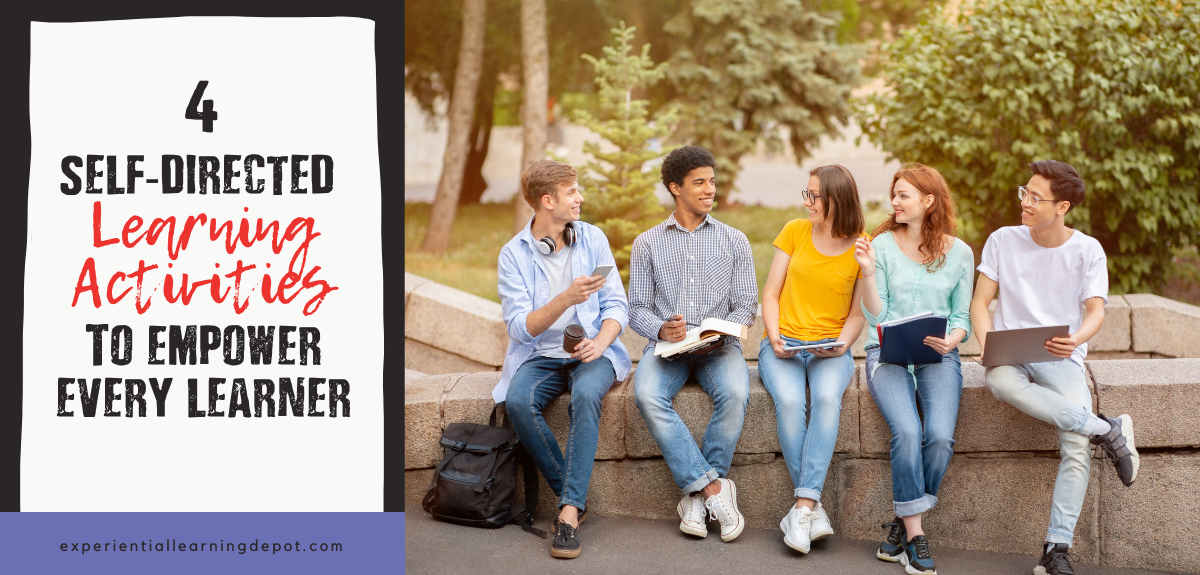
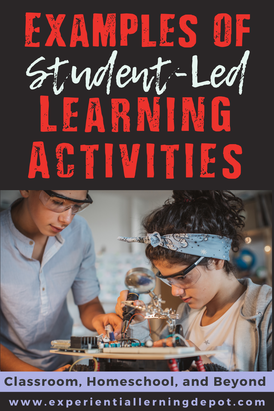
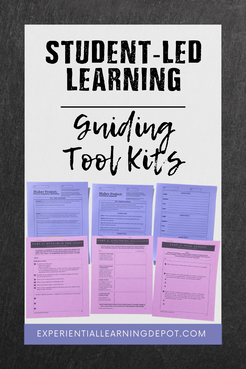
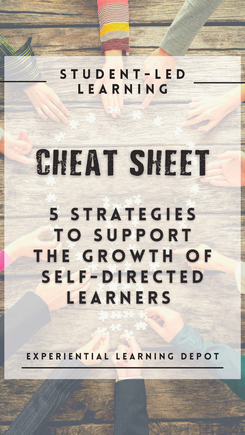
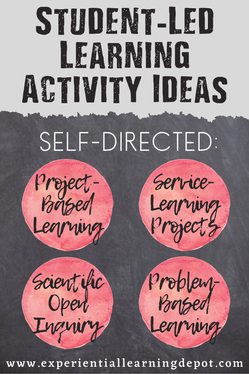
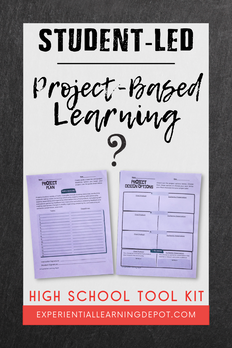
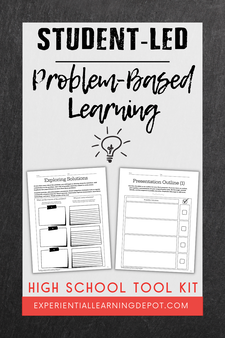
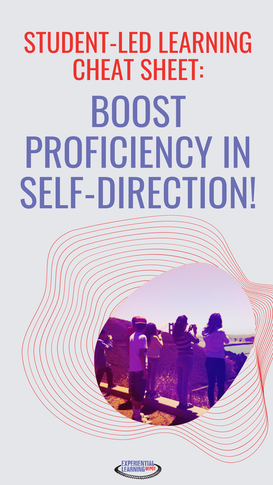
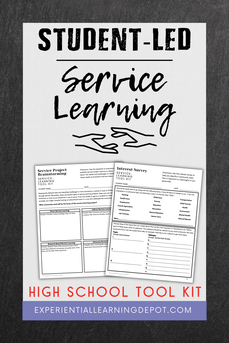
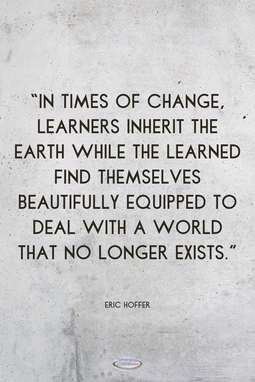
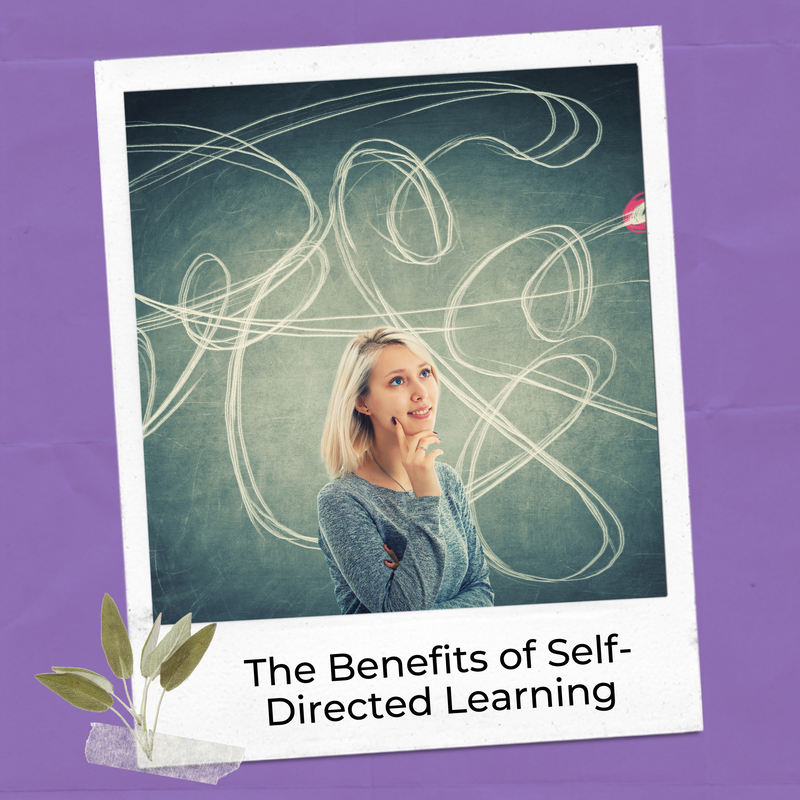
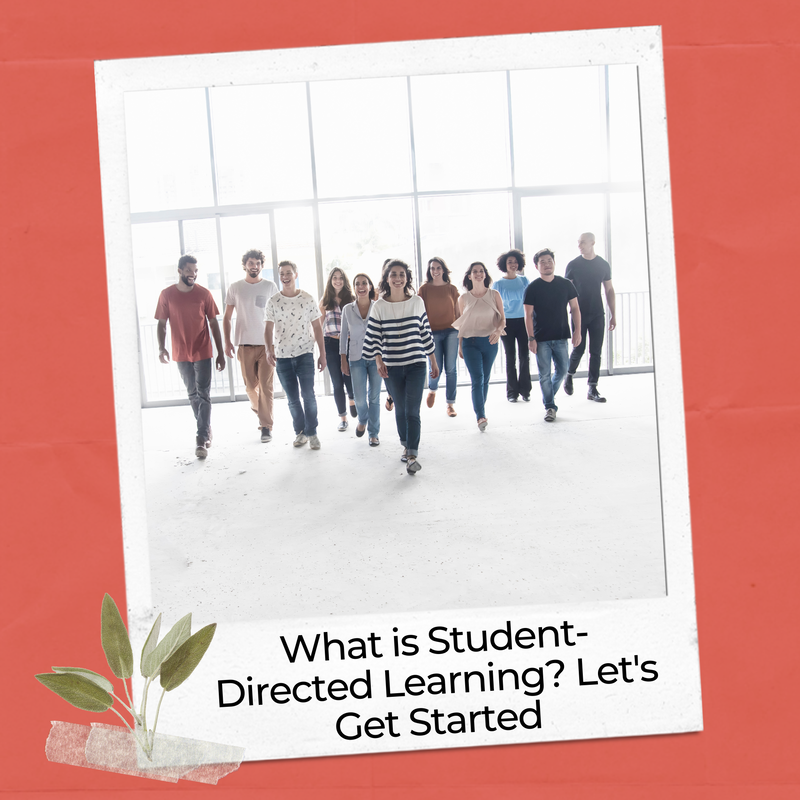
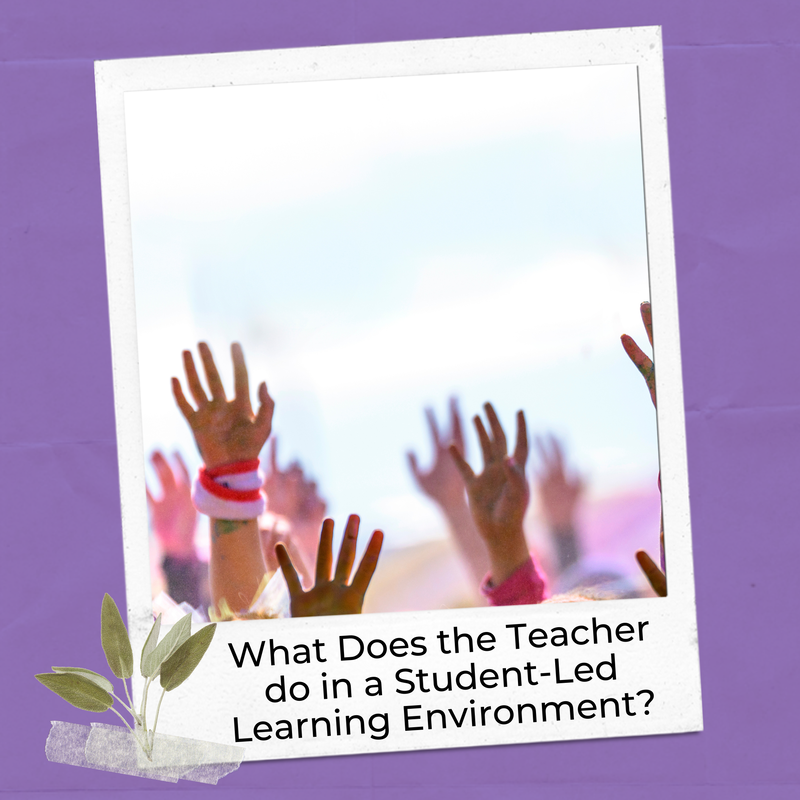


 RSS Feed
RSS Feed